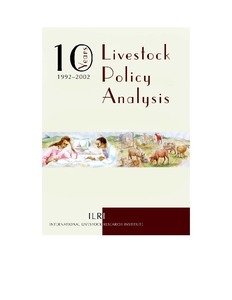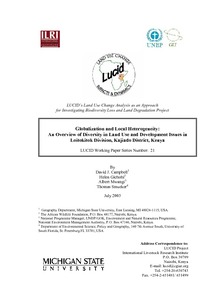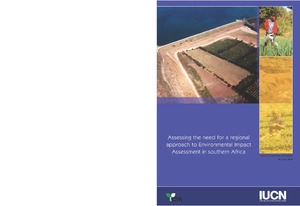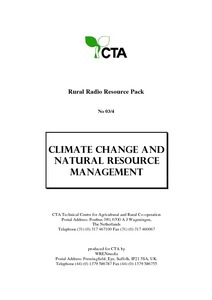causes and spatial pattern of land degradation risk in southern Mauritania using multitemporal AVHRR-NDVI imagery and field data
Multitemporal 1 km NOAA/AVHRR Normalized Difference Vegetation Index (NDVI) maximum composite imagery was utilized in combination with rainfall, soil types, and field survey data on dominant rural activities to assess the risk of land degradation in southern Mauritania. Mauritania is one of eight continental West African Sahel countries that stretch from Chad to the northwestern Atlantic coast, and from the southern fringe of the Sahara Desert to the northern limit of the Sudanian climatic zone.






